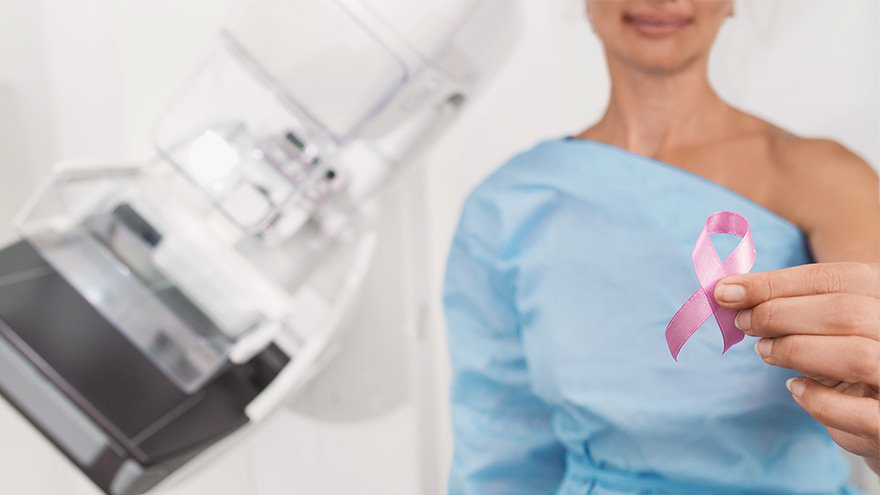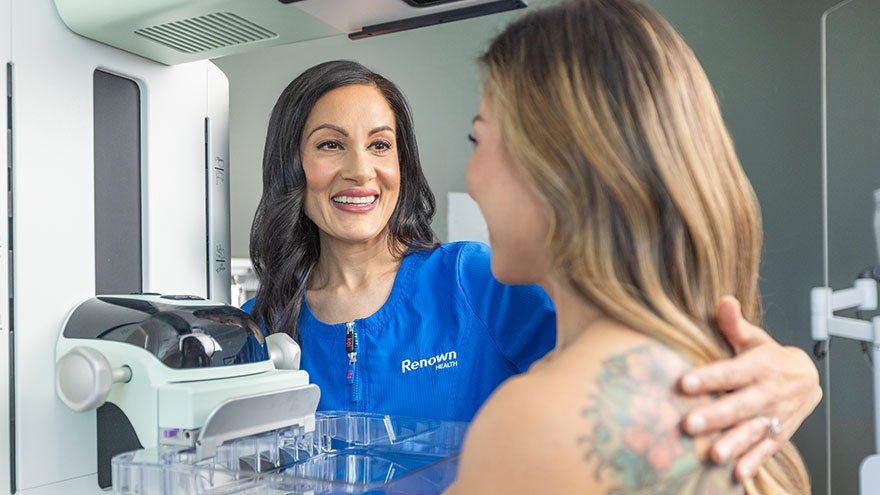
Mammograms

Protect Your Health with Regular Mammograms
Early detection saves lives—Renown’s 3D mammography detects tumors that may be too small to feel, improving early detection and reducing false positives.
1 in 8 women in the U.S. are diagnosed with breast cancer each year. Early detection through annual mammograms greatly improves treatment success. At Renown Women’s Health, our caring experts guide you through every step using advanced 3D technology that detects 41% more cancers and reduces false positives. Join thousands of women in northern Nevada prioritizing their health with a screening today.
Renown offers mammograms at five locations in Reno and Sparks, with up to 40 daily appointments and short wait times.
Mammogram FAQ
Wondering when to get a breast exam? These are the guidelines we follow:
- Age 18-39: Consult your primary care provider for a Formal Risk Assessment and start breast exams at age 25.
- Age 40+: Annual mammograms.
- Age 75+: Annual mammograms if life expectancy exceeds five to seven years.
- Family History: Begin screening 10 years before your family member's diagnosis age. For example, start at age 35 if a family member was diagnosed at 45.
- Self-awareness: Be familiar with the look and feel of your breasts and report any changes to your care provider.
The 3-D mammography technology at Renown Breast Health Center can detect 41% more cancers and reduces the number of false-positive results compared to other mammography.
Benefits of 3-D mammography:
- Better, clearer images
- It allows radiologists to see more abnormalities in the breast
- It helps doctors spot more cancers and avoid false positives, especially if you have dense breast tissue
- The digital images can also be lightened, darkened, and enlarged in real time, giving radiologists a better look at suspicious areas.
Although some women experience discomfort during a mammogram, most say it is not painful. Breast compression, which is important to get a clear image, can cause a sensation of pressure, but this lasts for a few seconds. Let your technician know how much pressure you can handle so you're not uncomfortable.
- You can schedule your annual mammogram through MyChart if you are over 40.
- You can also call 775-982-8100 to schedule your mammogram.
- If you are under the age of 40, then you will need a referral from your primary care provider to schedule your mammogram.


Mammo-Minder



